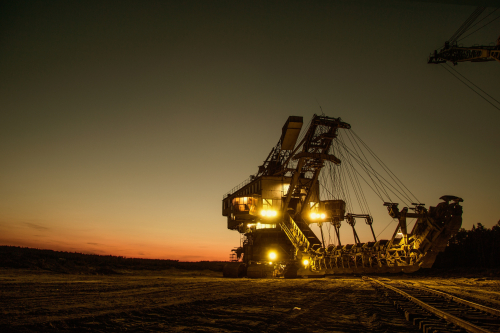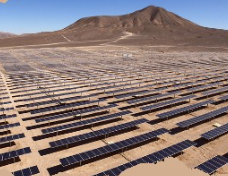The present technology consists of three inventions: a Dynamic Support Cable, a Fortification Bolt, and an Indirect Measurement Device for split friction bolts, which together form the Smart Fortification Kit. The ultimate goal of this kit is to measure the "health" of the walls in mining operations or civil construction to prevent collapses and, in the event of a collapse, to improve resistance capacity.
During an underground mining project, the walls of the operation deteriorate due to mineral exploitation, which can cause collapses. Direct in situ pull tests for quality control of split set bolts are expensive and performed sporadically, resulting in inadequate assessment and low statistical significance. Additionally, rock cables used in mining and civil works can collapse during an outburst, endangering the operation's safety.
The proposed solution is a kit that collects real-time data on wall deformation to ensure infrastructure stability and prevent collapses. The Indirect Measurement Device for split friction bolts measures the adhesion resistance of the bolts indirectly, allowing extensive data collection and improved quality control from installation.
The dynamic support cable includes bulbs with elastoplastic material to increase collapse resistance, acting as an enhanced damping system.
Advantages:
The Fortification Bolt: Low cost. It is fully integrated with the steel bolts, features a compact sensor, and is easy to install; it does not require special equipment for installation. It does not involve any modifications to the operational philosophy (installation is done during the fortification cycle). The sensor is battery-powered, does not require power cables, and the batteries are easily accessible for replacement. It provides a visual alert to workers through a "traffic light" system. It ensures continuous monitoring of stress.
Indirect Measurement Device for Split Friction Bolts: Easy to measure, enabling the collection of a large amount of field data as a result.
Dynamic Support Cable:Increases collapse resistance, provides more controlled elongation, and absorbs more energy in the event of a collapse.







